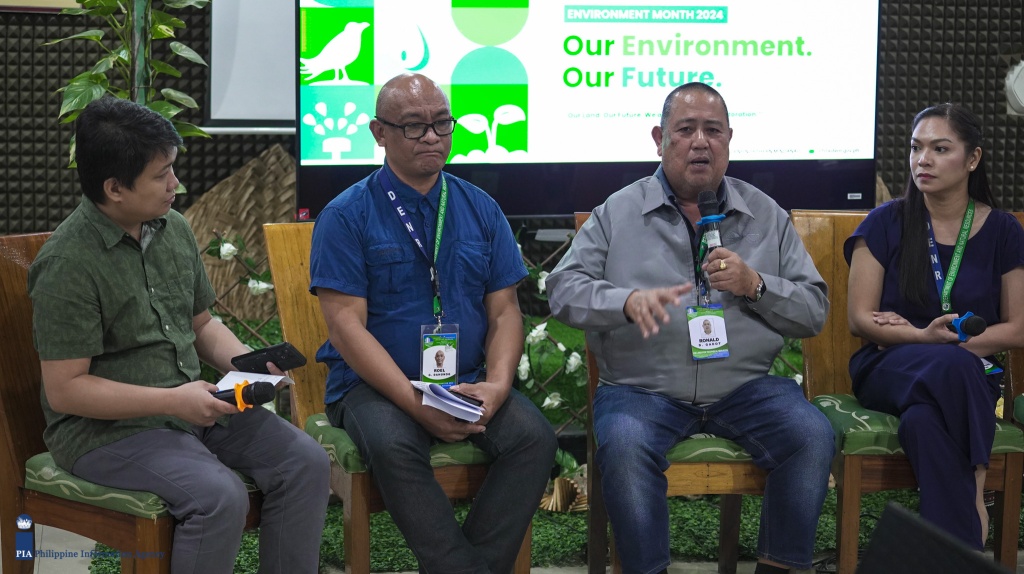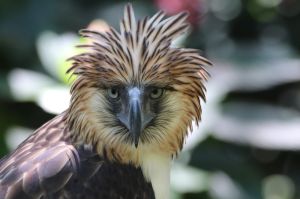By Jan Albert K. Araña
MISAMIS ORIENTAL —The Department of Environment and Natural Resources (DENR)-10 is stepping up efforts to protect and conserve the Philippine Eagle in observance of Environment Month and Philippine Eagle Week.

Known scientifically as Pithecophaga jefferyi, the Philippine Eagle is one of the world’s largest and most powerful eagles.
Proclaimed the national bird by President Fidel Ramos through Proclamation No. 615, the Philippine Eagle, also known as the monkey-eating eagle, is distinctive for its massive, arched beak, strong talons, and striking crest of feathers. It stands one meter tall, has a wingspan of about 2 meters (6.6 feet), and weighs up to 8 kilograms (18 pounds).
Unlike many other eagles, it primarily preys on mammals, including monkeys, which gives it its nickname.
Endemic to the Philippines, these majestic raptor’s homes are the forests in the Sierra Madre and Cordillera mountain ranges of Luzon, Samar, Leyte, and Mindanao.
Despite their grand appearance, they are in danger due to deforestation and habitat encroachment.
“The International Union for Conservation of Nature (IUCN) classifies the Philippine Eagle as critically endangered. With only an estimated 400 pairs remaining, they fall below the IUCN threshold of 500 pairs,” said DENR-10 Conservation and Development Division Chief Roel Dahonog.
Spotting a Philippine Eagle in the wild signifies healthy, biodiverse forests that require protection, emphasized DENR-10 Assistant Regional Director for Technical Services Ronald Gadot, Sr. He said these birds need at least 7,000 hectares of forest to sustain their habitat.
The Environment Department safeguards majestic species through habitat protection, restoration, breeding programs, community outreach, and eagle research. It includes establishing protected areas and wildlife sanctuaries, with an effort to strengthen anti-poaching laws and enforcement.
Local communities are integral to the conservation effort. Through education programs and conservation activities, they become stewards of the environment, gaining deeper insights into the challenges faced by the Philippine Eagle and the importance of biodiversity.

Preserving the Philippine Eagle requires collective action. Hence, DENR-10 urges the public to participate by supporting conservation organizations through donations and volunteerism, joining community awareness programs, advocating for more compelling environmental policies, and adopting sustainable practices to minimize ecological impact.
DENR advised localities to inform the nearest DENR office of any sightings of Philippine Eagles in the wild, including any captured, injured, or illegally harmed. It includes reporting illegal activities like eagle hunting, killing, and trapping.
“Protecting the Philippine Eagle is crucial for preserving this endangered species and maintaining healthy ecosystems that support diverse life forms, including humans. Conservation is a collective responsibility where every action counts,” Gadot said. (JAKA/PIA 10-Misamis Oriental)
